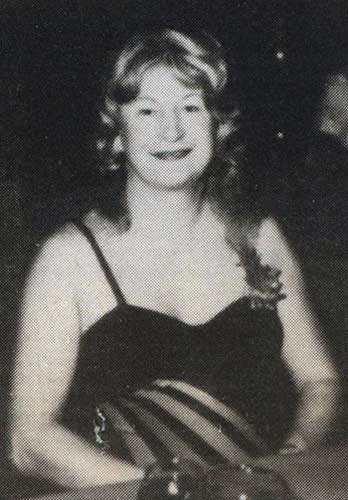Seahorse's History
The Definitive History of the Seahorse Society - Part 2
This page includes details of the early growth and development of the Society.
A Time of Growth
In 1973 Rosemary was offered a partnership in her firm, but to get it she had to return to Hong Kong and the offer was too good to refuse. This meant she could no longer run the club that she had founded. In addition, the membership of the club had reached a point where it was not practicable for it to be run by one person, namely Rosemary. So volunteers were sought and Rosemary resigned as President. Jill was appointed President, Trina became Secretary, and Pauline became Treasurer. At the next meeting, Rosemary, much to her delight, was made an honorary Life Member and presented with a certificate.
Rosemary returned to Australia most years so was able to monitor the activities of the club.
Pauline's work allowed her to travel around Australia so she was able to contact the interstate people who had replied and embryo branches were formed in Melbourne, then Adelaide, Brisbane and Perth. Meanwhile, Sydney was growing slowly, and the meetings were still very sporadic.
1973 and 1974 were years of consolidation. Open advertising was accepted in the National Review, evoking a healthy response. In August 1973 a branch of the club was founded in Melbourne, then Brisbane and Canberra. New members continued to join, meetings became more regular and the newsletter was started. There were 75 members in 1973. The pressure of work overseas caused both Rosemary and Pauline to drop out, handing the Presidency over to Jill from 1973 to 1974. Trina and Wendy also joined the Society at around that stage and served as Presidents in 1974-75 and 1976, respectively.
In 1974, groups were started in Adelaide and Perth, and national membership reached 150, and in 1975, it was 225. An undated letter to a new member, which was most likely written in 1975, indicated that Seahorse had 250 members around Australia at that time.
Times were changing and society was taking a more liberal view of people regarded as "different". The media also became less restrictive and increased advertising resulted in greater membership.
The work of the club grew, and with the advent of more sophisticated members, some with understanding wives, together with the growing self-confidence of the longer-standing members, they became more daring and in doing so, grew more determined to claim an accepted place in society.

Rosemary Langdon: Kuala Lumpur, 1975
Early Club Rules
The magazine stated the rules of etiquette for club meetings. Members were expected to cross-dress for meetings and changing rooms were provided for those who could not arrive cross-dressed. Members were asked to cross-dress with taste.
"We all admire women and want to emulate them... your favourite thing may be a tasseled stripper's costume, but do not expect much acceptance of this... observe the dictates of good taste... avoid extremes, do not display lingerie. These rules should apply whether women are present or not." (There is no attribution for this quote, but is sounds very much like the sort of things Rosemary would say.)
Confidentiality and security were strict. Anybody could write in and become an affiliate member. To become a full member, one first had to be interviewed by an executive member. If accepted, one's full name and address had to be given for the club's files.
At meetings, members addressed each other by their feminine names for both reasons of confidentiality and pleasure of being addressed as a woman. The female name chosen was often a modification of their given name, e.g. Paul - Paula, Warren - Wendy. Older psychiatric authors have called this "name transvestism"
Previous Page Home Page Next Page